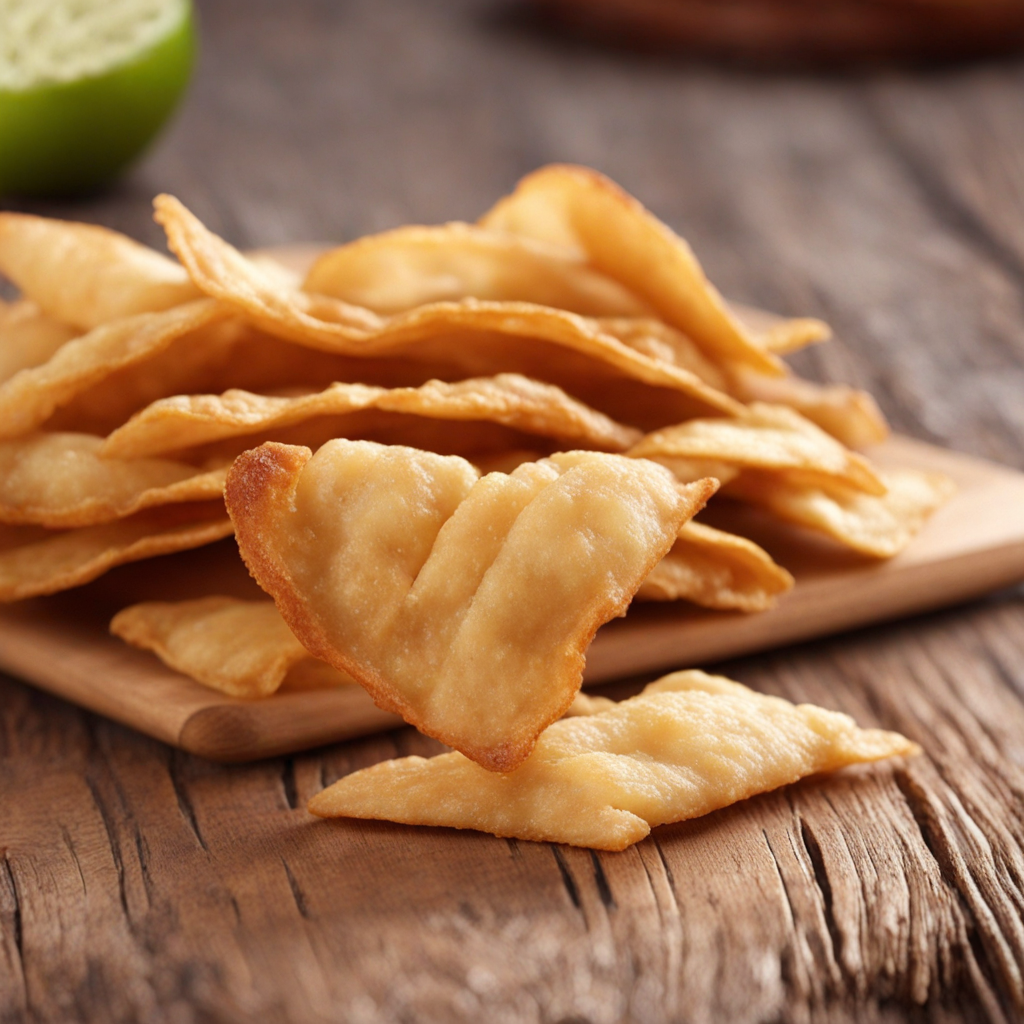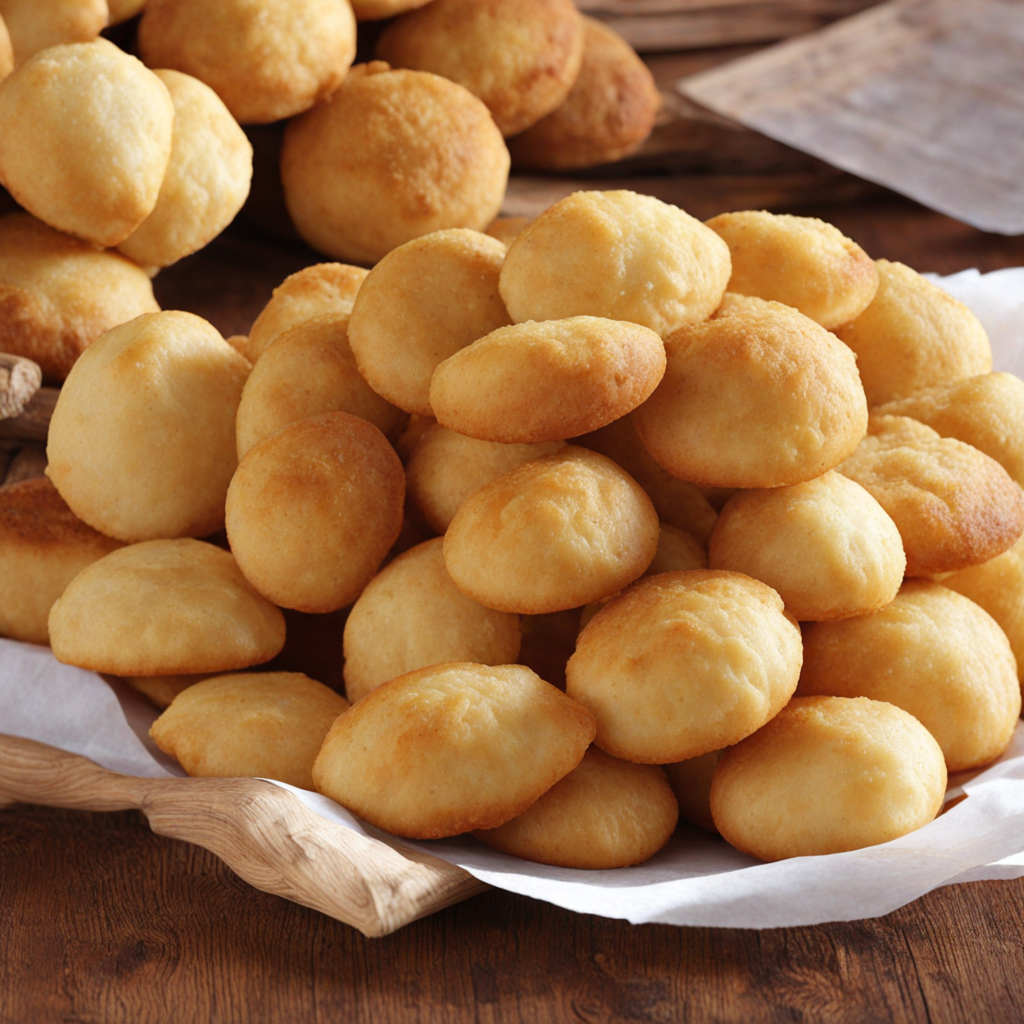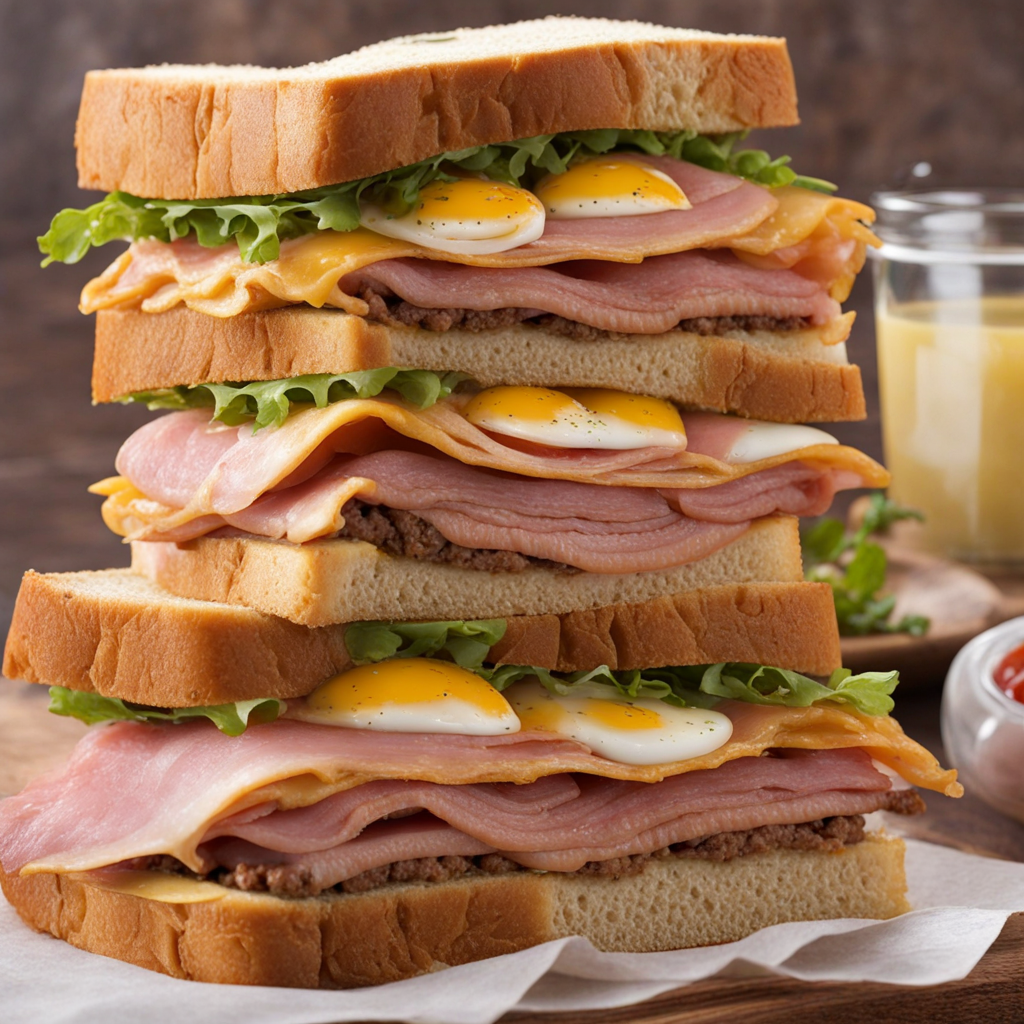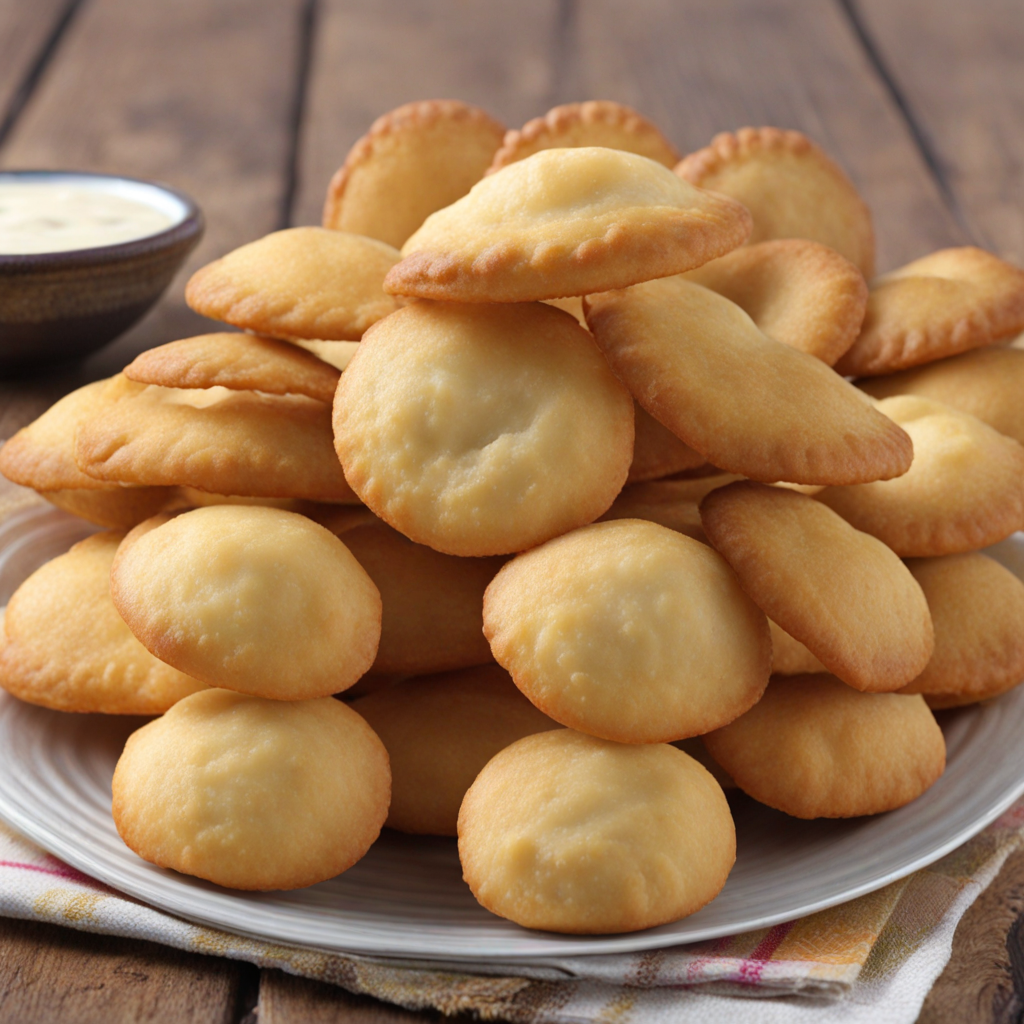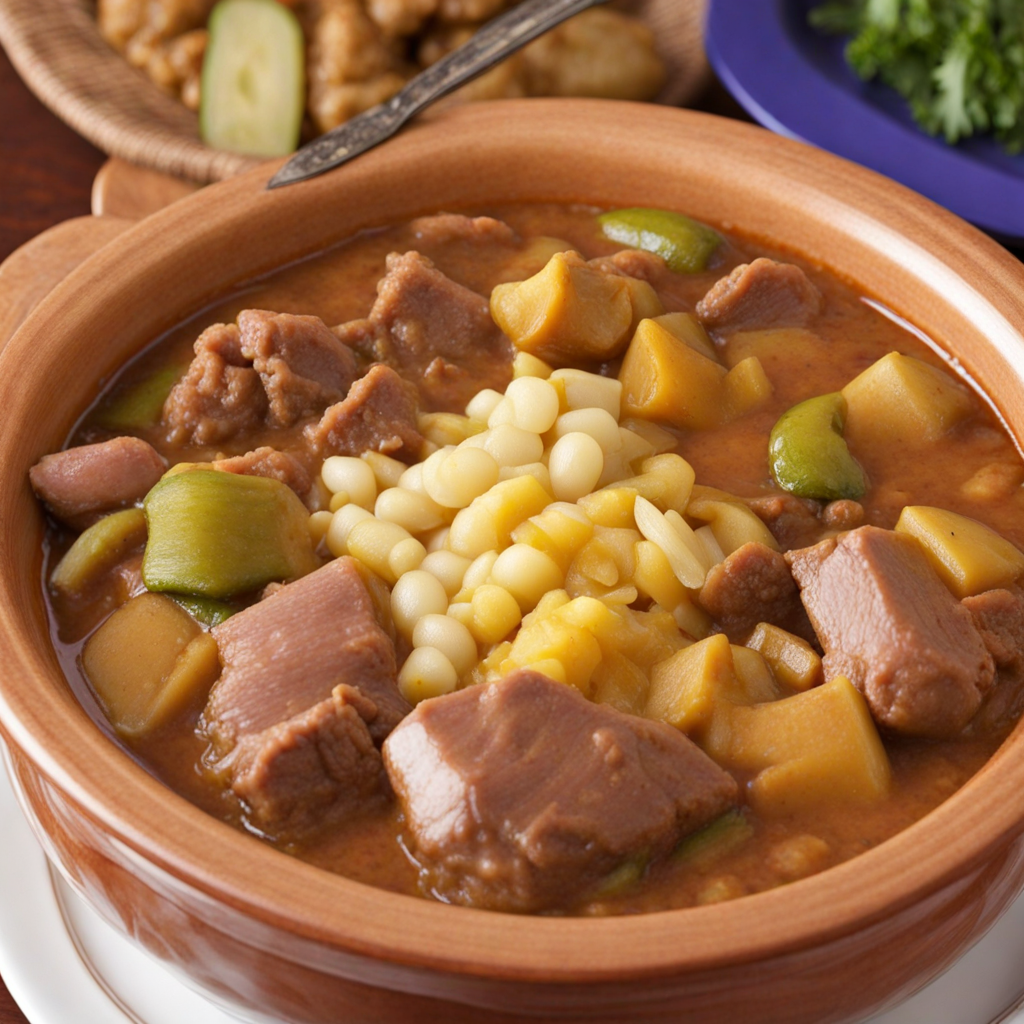Chipa Piru
Chipa Piru, a traditional Paraguayan delicacy, is a type of cheese bread that stands out for its delightful texture and rich flavor. This savory treat is a variation of the more commonly known Chipa, which is a staple in Paraguayan cuisine, particularly enjoyed during the festive season, religious holidays, and family gatherings. The name "Chipa Piru" translates to "little Chipa," indicating its smaller size and often more delicate nature compared to its larger counterpart. The history of Chipa Piru is deeply rooted in the indigenous Guarani culture, with influences from Spanish colonization that introduced dairy products to the region. The recipe has evolved over centuries, incorporating local ingredients and culinary techniques. Traditionally, Chipa Piru was prepared for special occasions, but over time, it has become a beloved everyday snack, enjoyed by people of all ages. Its popularity extends beyond Paraguay, with variations appearing in neighboring countries, a testament to its widespread appeal. The flavor profile of Chipa Piru is a harmonious blend of cheese, corn, and a hint of anise. The primary cheese used is typically Paraguayan cheese, which is slightly salty and melts beautifully, providing a creamy texture. The addition of corn flour, made from finely ground corn, gives the bread its characteristic sweetness and slightly gritty texture. The anise seeds, used sparingly, add a subtle aromatic note that elevates the overall taste experience. When baked, Chipa Piru develops a golden-brown crust that encases
How It Became This Dish
Chipa Piru: A Culinary Treasure from Paraguay Nestled in the heart of South America, Paraguay is a country rich in culture, history, and, perhaps most importantly, culinary traditions. Among its many delightful dishes, Chipa Piru stands out as a beloved staple, embodying the essence of Paraguayan gastronomy and its deep-rooted cultural significance. This delicious cheese bread has a story that stretches back centuries, reflecting the fusion of indigenous and colonial influences that have shaped Paraguay's identity. Origins of Chipa Piru Chipa Piru has its roots in the indigenous Guaraní people, who inhabited the region long before European colonization. The Guaraní were skilled agriculturalists who cultivated cassava (manioc) and maize, staples that would later become integral to Paraguayan cuisine. Chipa, a term derived from the Guaraní word "chipá," refers to a type of bread made primarily from manioc flour. The original chipa was a simple flatbread baked in the ashes of a fire, often accompanied by the rich flavors of local herbs and cheese derived from their livestock. With the arrival of Spanish colonizers in the 16th century, the culinary landscape of Paraguay began to evolve. The Spaniards introduced new ingredients such as wheat flour, cattle, and dairy products, notably cheese. This melding of indigenous and European culinary practices gave rise to various forms of chipa, including Chipa Piru, which is characterized by its soft, fluffy texture and cheesy flavor. Cultural Significance Chipa Piru is more than just a food item; it represents a cultural emblem of Paraguay. Traditionally, it is consumed during religious and cultural celebrations, such as Holy Week, when families gather to prepare and share the dish. The act of making Chipa Piru is often a communal activity, bringing families and communities together. This collective spirit is reflective of Paraguay’s social fabric, where food plays a central role in bonding and sharing experiences. In the Guaraní culture, the act of preparing and consuming food carries spiritual significance. Chipa Piru, often made using recipes passed down through generations, is emblematic of this connection to heritage. It is not merely sustenance but a way to honor ancestors, celebrate life, and reinforce cultural identity. Another aspect of its cultural significance lies in its adaptability and regional variations. While traditional recipes call for cheese, manioc flour, and milk, various adaptations incorporate local ingredients, showcasing the diversity of Paraguayan cuisine. In some regions, you might find Chipa Piru enriched with herbs or spices, while others might emphasize the cheese more prominently. This flexibility allows Chipa Piru to maintain its relevance and appeal across different communities and generations. Development Over Time Throughout the centuries, Chipa Piru has undergone significant transformations, adapting to the changing tastes and preferences of the Paraguayan people. The introduction of commercial baking products in the 20th century changed how Chipa Piru was made and consumed. While traditional methods involved kneading dough by hand and baking in wood-fired ovens, modern practices have embraced convenience, with many opting for pre-packaged mixes or baking in conventional ovens. Despite these changes, the essence of Chipa Piru remains rooted in its traditional preparation. Artisan bakers and local markets continue to offer freshly made versions, preserving the authentic taste and texture that has made it a beloved dish. The resurgence of interest in traditional foods in recent years has also contributed to a revival of Chipa Piru as people seek to reconnect with their culinary heritage. Today, Chipa Piru is not only a staple in Paraguayan households but also a popular item in restaurants and bakeries throughout the country. It is often enjoyed as a snack, breakfast item, or accompaniment to meals, showcasing its versatility. As Paraguayans continue to celebrate their culinary traditions, Chipa Piru stands as a testament to the resilience and adaptability of their culture. Chipa Piru in Contemporary Paraguay In the contemporary landscape, Chipa Piru is more than just a nostalgic nod to the past; it has become a symbol of national pride. Paraguayans living abroad often seek out this dish as a reminder of their roots, and it has gained recognition in international culinary circles as a unique expression of South American cuisine. Social media platforms have played a significant role in popularizing Chipa Piru, with food bloggers and influencers sharing recipes, cooking videos, and personal stories related to the dish. Additionally, culinary festivals and events celebrating Paraguayan food culture have included Chipa Piru as a central feature. These gatherings not only showcase the dish but also foster a sense of community and belonging, allowing Paraguayans to share their culinary heritage with others. Conclusion Chipa Piru is more than just a delicious cheese bread; it is a vibrant reflection of Paraguay’s rich history and cultural identity. From its indigenous roots and colonial influences to its contemporary adaptations, Chipa Piru embodies the spirit of resilience and community that characterizes the Paraguayan people. As it continues to evolve and adapt, Chipa Piru serves as a reminder of the importance of food in connecting individuals to their heritage and each other. Through its flavors and traditions, Chipa Piru invites us to taste history and to appreciate the cultural significance of food in shaping our identities. Whether enjoyed at a family gathering, a local market, or a festive celebration, Chipa Piru remains a cherished symbol of Paraguay’s culinary landscape, embodying the heart and soul of a nation.
You may like
Discover local flavors from Paraguay


